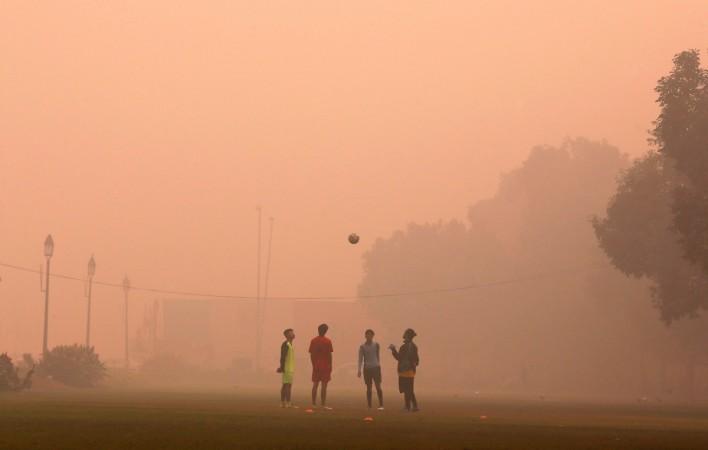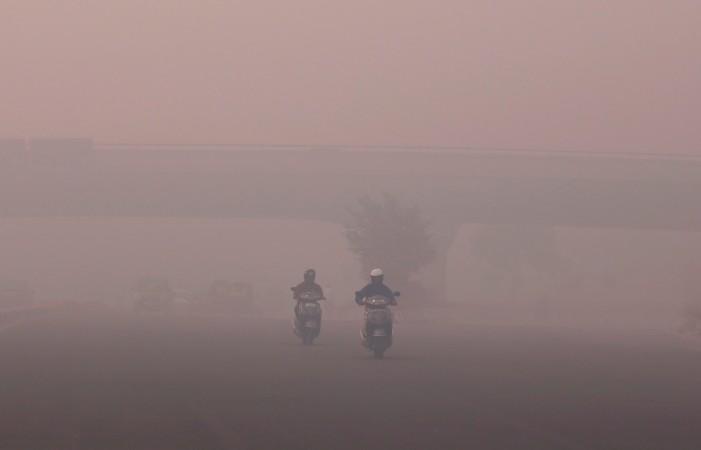
Diwali is over and now one can hear only stray sound of firecrackers but India's capital New Delhi is still enveloped by heavy smog, which means millions of people living in the city are inhaling hazardous air for days. Sadly, recent Nasa images have indicated that there is no immediate respite from this issue.
Delhi is known for its poor air quality, forcing the government to take up remedial steps, including the Odd-Even rule which banned private car plying on city roads for two weeks for a certain period. However, the measures failed to help the cause. Now satellite images taken by Nasa have given a clear hint that it's not Diwali but the smoke released from burning of crop stubble by the farmers in Punjab and Haryana that could have caused this dangerous situation.
[READ: Delhi air pollution: Tips to stay safe and cope with it]
The burning of paddy stubble by farmers is not new. In an attempt to stop this practice, the National Green Tribunal had told the government to take action. Farmers, however, are left with no option as they can't afford to buy machines to do away with loads of paddy stubble.
A similar situation has been reported in some areas in Pakistan too with heavy smoke deteriorating the air quality.

An estimated 32 million tons of leftover straw is burned by farmers for winter wheat crop, according to the NYT.
The air quality index (AQI) for PM2.5 in Delhi is alarming. The city's air quality stood at 960 AQI PM2.5 at 9 am on November 3 and 205 AQI at 3 pm in the evening.
AQI between 201 and 300 has been categorised as "Very Unhealthy", according to air quality guide for PM2.5. It can have health effects like "Significant aggravation of heart or lung disease and premature mortality in persons with cardiopulmonary disease and the elderly; significant increase in respiratory effects in general population."

AQI in the bracket of 301-500 is described as "Hazardous" with high potential to cause "serious aggravation of heart or lung disease and premature mortality in persons with cardiopulmonary disease and the elderly; serious risk of respiratory effects in general population." People should be advised to avoid outdoor activities in this condition. And AQI beyond 500 means extremely high levels of PM2.5.

PM2.5 stands for Particulate Matter 2.5 that refers to fine particles that are less than 2.5 microns in size. According to the WHO, PM is a widespread air pollutant, consisting of a mixture of solid and liquid particles suspended in the air. Commonly used indicators describing PM that are relevant to health refer to the mass concentration of particles with a diameter of less than 10 µm (PM10) and of particles with a diameter of less than 2.5 µm (PM2.5). PM2.5, often called fine PM, also comprises ultrafine particles having a diameter of less than 0.1 µm.
Inhalation of PM10 and PM2.5 can cause serious health issues like respiratory and cardiovascular morbidity, and mortality from lung cancer, cardiovascular disease and respiratory ailment.

















